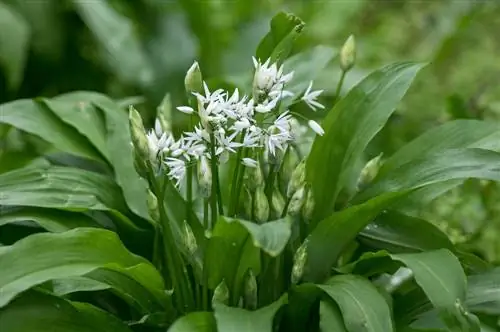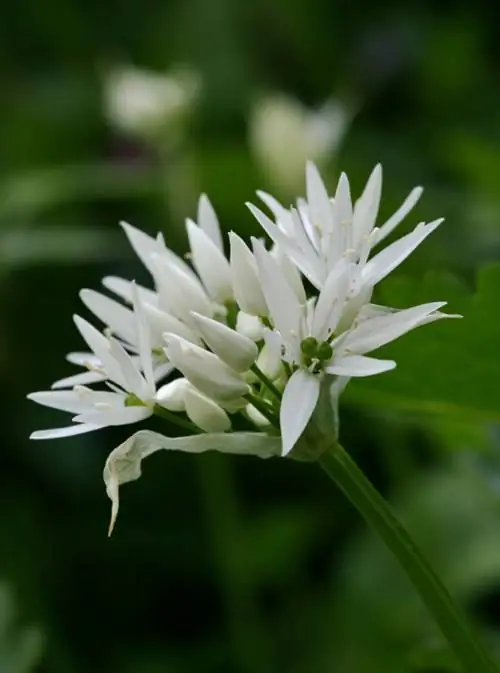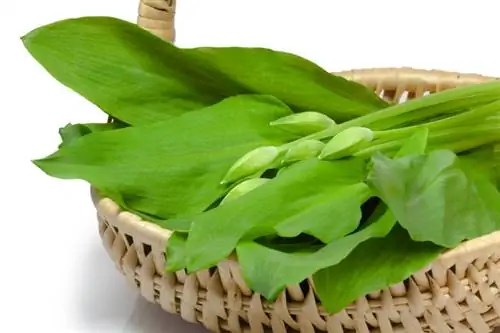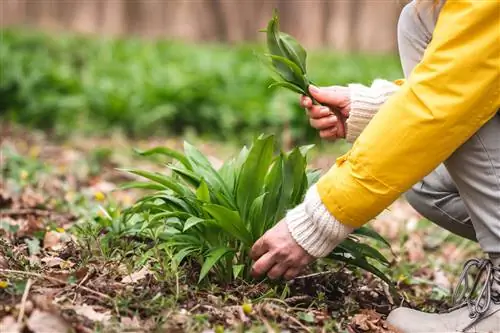- Author admin [email protected].
- Public 2024-01-05 20:48.
- Last modified 2025-01-23 11:22.
The spotted arum is a native plant that grows in our forests. It prefers the same locations as wild garlic. However, the arum is a poisonous plant.
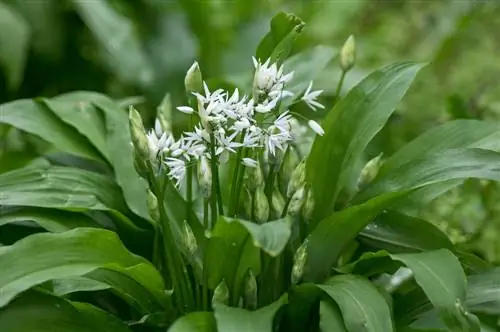
Can arum and wild garlic be confused?
AsYoung plants directly after sprouting Arum and wild garlic can easily be confused. The two plants grow in the same locations. When they sprout, they show similar leaf shapes. If the leaves have formed correctly, there is no longer any risk of confusion.
Why is confusion dangerous?
All parts of the arum are poisonous. The plant contains several substances that cause severe stomach problems in people. Larger amounts can also cause circulatory problems and collapse. The plant is also poisonous to animals. It can cause severe symptoms and even death in both domestic and grazing animals.
Why can I confuse arum and wild garlic?
The spotted arum and wild garlicprefer the same locations in partially shaded areas under trees. When budding, the leaves of the arum do not yet develop their characteristic shape. This is why they can easily be confused with wild garlic.
How can I distinguish arum from wild garlic?
Mature leaves of the arum havean arrow-shaped appearanceThere are barbs at the bottom of the blade. Wild garlic, on the other hand, has oval leaves. The leaf veins of the plant run parallel, without branching. On the arum, however, irregularly shaped, branched leaf veins form. The flowering of the arum usually begins in April. The red flower heads are very characteristic and differ clearly from the wild garlic flower.
Tip
Arum stick irritates the skin
The poisonous ingredients of the arum irritate the skin as soon as it is picked. If you notice red spots and perhaps pustules on your hands when collecting wild garlic, throw away the picked parts of the plant. Under no circumstances should you eat it.

